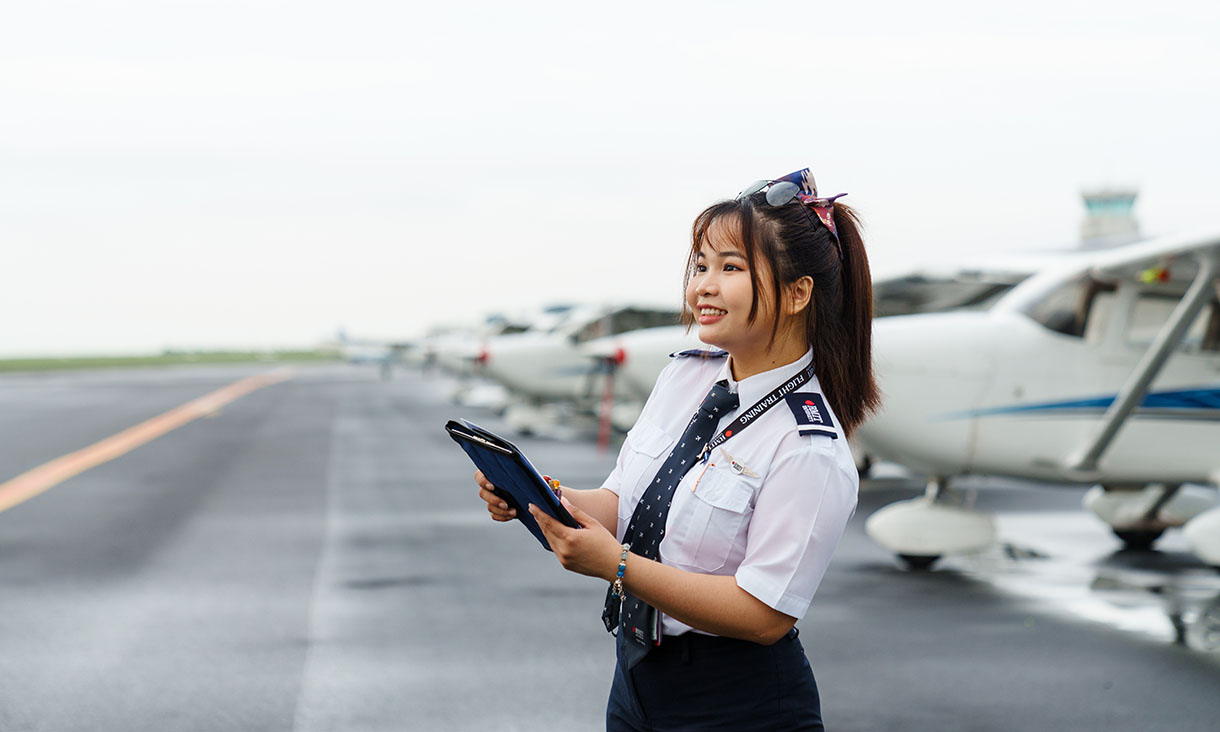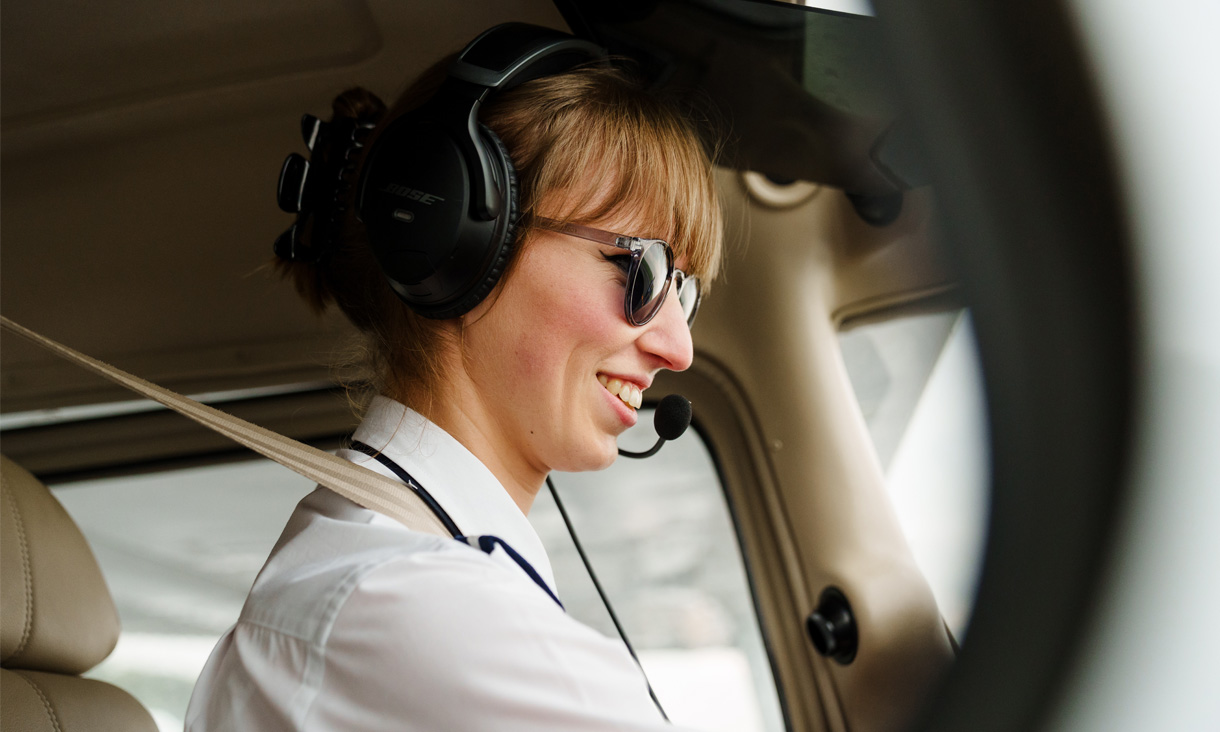Associate Degree in Aviation (Professional Pilots)
Learn to fly in single- and multi-engine aircrafts and prepare to undertake the CASA (Civil Aviation Safety Authority) Commercial Pilot Licence theory and flight tests.
Bachelor of Aviation (Pilot Training)
Launch your flying career with a degree that equips you with both practical flying skills and valuable knowledge, allowing you to work either as a pilot or in aviation management.





